Queer jewelry has come a long way over the years. Jewelers created pieces to make a statement when the fight for LGBT rights had just begun. People still rock them today to appreciate the past and the heartbreaking experiences faced by the community throughout the years.
LGBT jewelry is worn for the same reasons these days, but also by people wanting to celebrate their identities and embrace who they are. In addition to gay jewelry, people decorate their bodies and spaces with pride flags and other LGBT accessories.
This blog post will cover the following topics:
- A brief history of LGBT Pride
- Honoring LGBT jewelers
- Queer jewelry styles
- Breaking free from heteronormative jewelry
- Alternative gemstones
- Key takeaways
A Brief History of LGBT Pride Month
Pride month has traditionally been observed in June to commemorate the Stonewall Riots of 1969. Parades, festivals, workshops, shows, and other events fill the month, creating a space for LGBT individuals to embrace themselves. Pride has made space to honor the people and historical events that got the community where it is today.
Those who identify as LGBT are more inclined to celebrate this part of themselves unapologetically during pride month. The happiness and excitement fueling June differ from how things were just a few decades ago. People who once had to hide who they were can now express their true selves.
Pride is a joyful time that allows this community to pause the fight for their rights that still goes on today. Instead of mainly seeing negative news stories about the violence, hate, and challenges this community has to navigate, there are happier stories and experiences throughout June.
Notable LGBT Jewelers Throughout History
Many jewelers whose pieces are remembered fondly and worn today were a part of the LGBT community. Not every jeweler was clear about their sexuality or gender identity while designing. However, a handful of creative individuals were out and proud while doing stunning work in this industry.
David Spada
David Spada is one of the few early LGBT jewelers still recognized today. While he created many remarkable pieces, one even highlighted in the New York Times, his most famous creation was likely freedom rings, which he designed in 1991. Aluminum rings of the same colors as the pride flag make up the necklace or bracelet. This design represents the diversity of the LGBT community. Hosts and celebrities wore freedom rings in commercials and on television, quickly becoming a symbol of solidarity with the LGBT community.
Jean Schlumberger
Jean Schlumberger started his creative journey as a button maker, eventually going on to design for Tiffany & Co. He designed for the company from 1956 to 1970, retiring as vice president. While creating for Tiffany, he served many notable clients, including multiple duchesses and celebrities. He was one of few designers whose pieces have his name attached. Schlumberger didn't hide this part of himself and happily celebrated being with his life partner Luc Bouchage.
Arthur Smith
Art Smith made quite the name for himself as a jeweler, which is extremely impressive when considering the obstacles he had to navigate. He was not only gay but also a Black man from Cuba. Smith opened a studio in 1946 and worked tirelessly to grow his business. By the 1950s, he did business with many well-established companies, including Bloomingdales.
Keep Your Jewelry Looking New
The Rise of Queer Jewelry: Styles and Examples
The LGBT community reflects on its intense history and represents differing identities through countless symbols and color combinations today. Popular designs or motifs used by different groups within the LGBT community include the pink triangle, violets, and gender symbols.
Gay jewelry often displays these symbols as a simple but effective way of identifying others in the community and a fun style choice. Considering just how vast the sexuality and gender identity spectrum is, there are also seemingly endless styles and examples of queer jewelry. For example, many couples look for dom jewelry and sub jewelry to highlight their roles in their relationship.
Ace Rings
This ring is black and typically worn on the middle finger of the right hand. Asexuals use this piece of jewelry to help them identify others on the aromantic spectrum out in the world. It's a subtle and generally safe way to show this part of themselves to those who understand the ring's meaning. It can also be a helpful tool in fully embracing themselves.
Freedom Rings
David Spada designed the freedom rings in the 90s. These pieces are typically worn as bracelets or necklaces and consist of six rings that match the colors of the pride flag. Both LGBT individuals and allies who wear freedom rings make a clear statement that they embrace the community.
Other styles of queer jewelry consist of rings, bracelets, necklaces, and earrings that state pronouns or are colored to match the various pride flags that exist today. Someone trying to show that they are bisexual may choose a ring in pink, purple, and blue, while someone who is pansexual may select one that's pink, yellow, and blue. The LGBT jewelry you lean into will depend on exactly who you are.
Word Rings
Word rings, also known as stacking rings, feature fun, colorful phrases to represent your personality and sense of humor. These rings can be combined to spell out different messages, like your pronouns or political views. There are also necklace and pendant variations of word rings that offer short sayings and mantras.
How to Break Free from Heteronormative Jewelry
The big thing here is to question popular jewelry styles. Why are these pieces the ones everyone is wearing? Are they just popular because they've always been what's considered normal? It's okay to wear basic jewelry if you like it, but try something new if you only choose typical pieces because they make you fit in!
The key to breaking free from heteronormative accessorizing is understanding the history of LGBT jewelry. There's no reason to feel stuck in just one style. Try new jewelry out and make it fun! If you're in a relationship and considering taking it to a new level, consider leaning into alternative gemstones for engagement rings and wedding bands.
Alternative Gemstones for Queer Relationships
The classic diamond ring, while still gorgeous, has become so overdone that even straight people have leaned into more colorful and meaningful stones. Many people, both in and out of the LGBT community, favor sapphires, emeralds, or even onyx. If you're looking for sustainably sourced jewelry, ask your jeweler if they carry carbon negative diamonds, Montana sapphires, or salt and pepper diamonds. The type of gemstone you pick doesn't determine how stunning a piece will be - the circumstances of your gift will.
Browse Our Collections
Key Takeaways
There is no wrong way to celebrate or represent your identity. Rocking LGBT jewelry is one way to show your true colors. Whether you're thinking about proposing to your partner with an alternative gemstone or paying homage to the past, it's helpful to understand the evolution of queer jewelry and gay pride.
ABOUT ILAH CIBIS JEWELRY
Looking for a Worcester jewelry store that carries lab-grown diamonds and other LGBT jewelry? We specialize in unique, colorful, responsibly sourced jewelry, daddy rings, lesbian jewelry, and other queer-friendly jewelry as Worcester, MA's top independent jewelry store.
Radically Personal. Unapologetically Human. Made with fierce love.
-Ilah ♥ / IG: @ilahjewelry



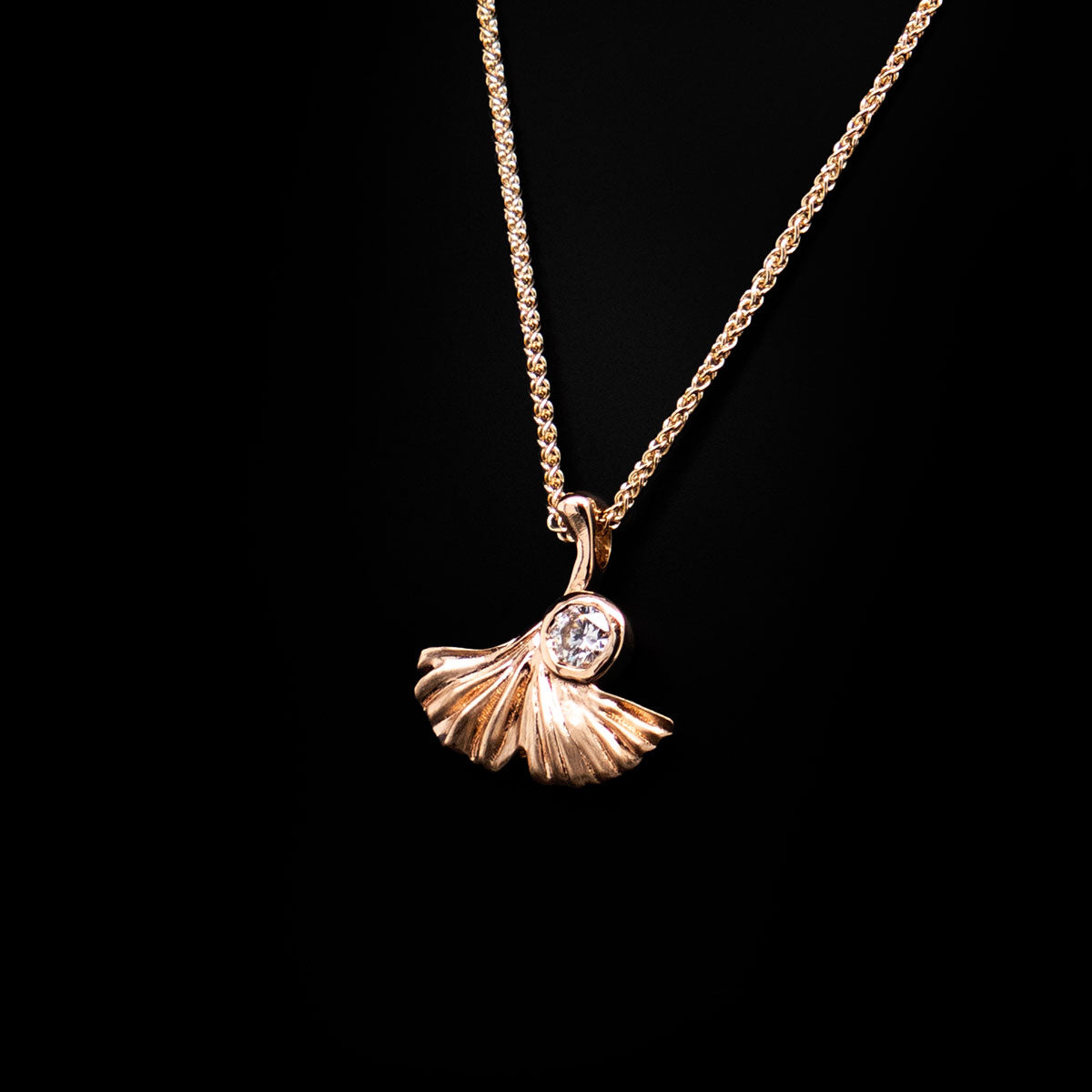
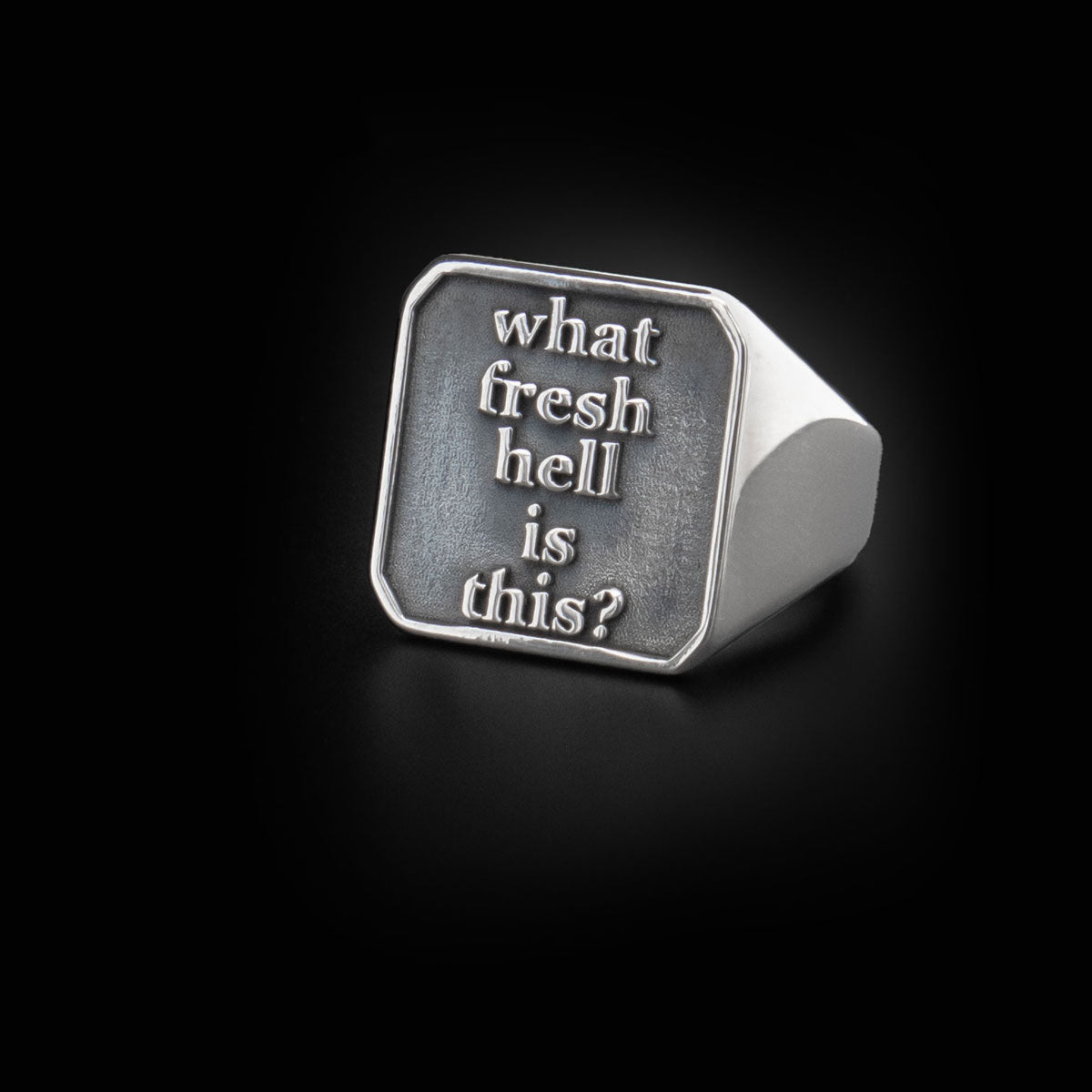
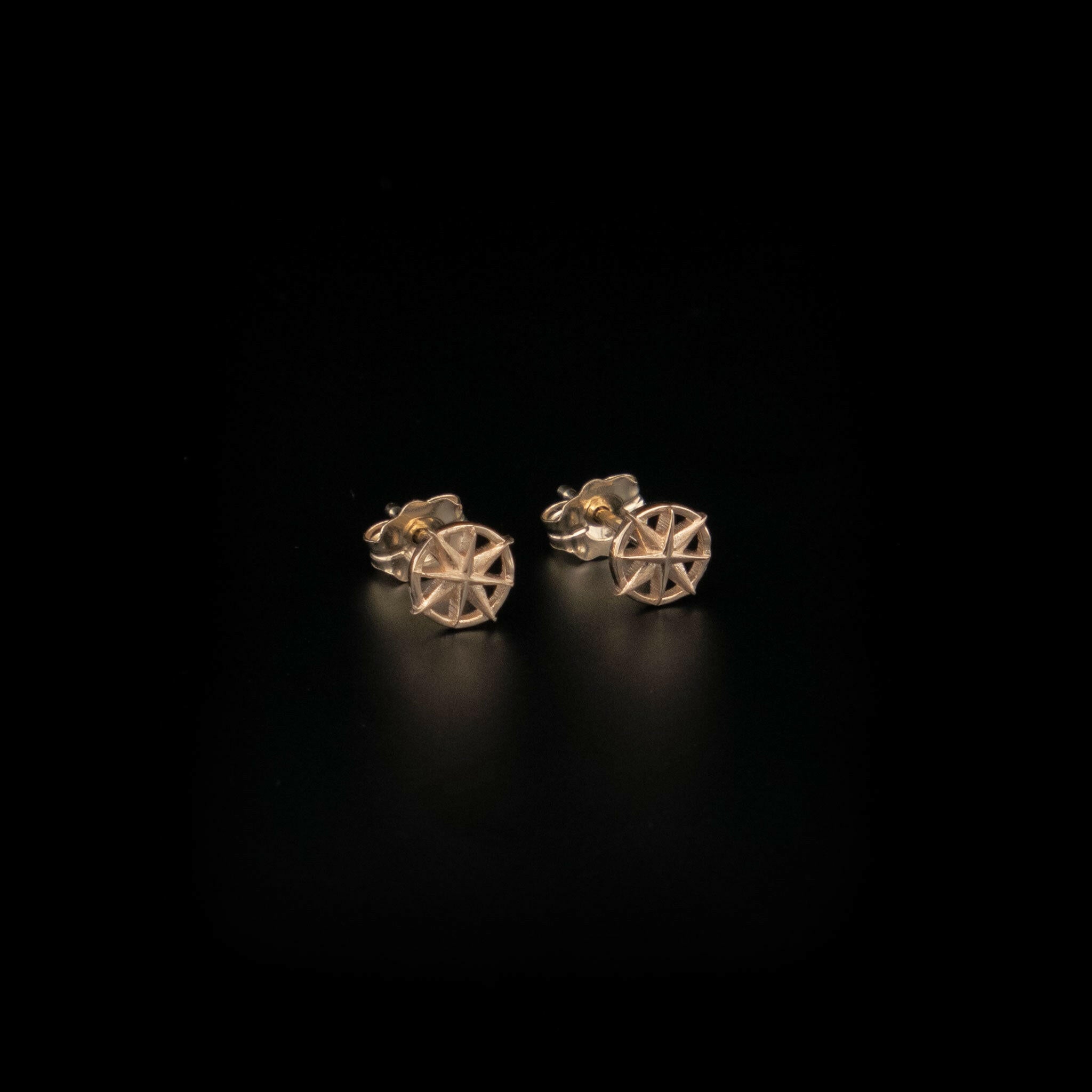
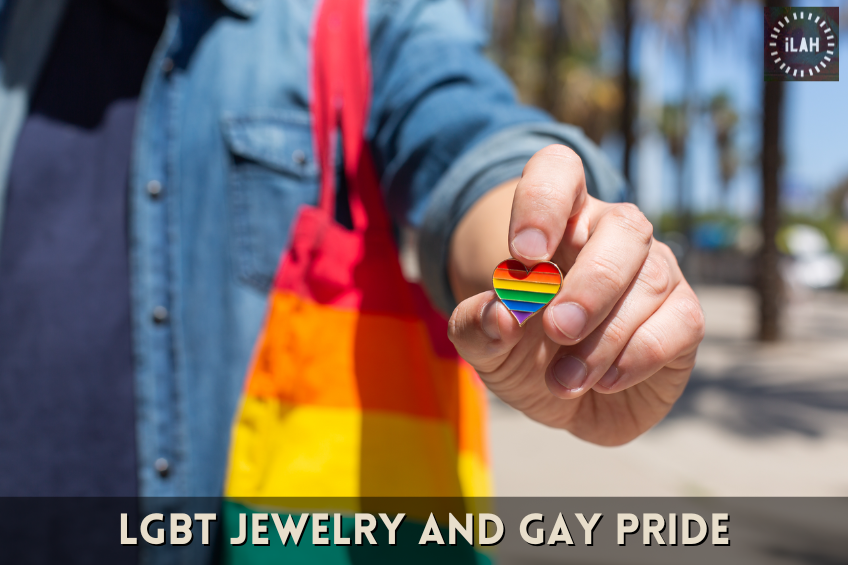
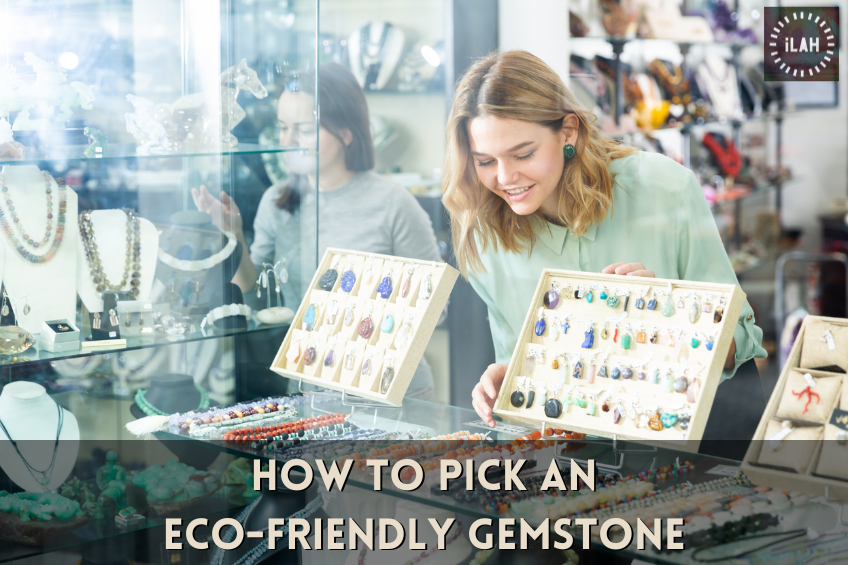

Leave a comment
This site is protected by hCaptcha and the hCaptcha Privacy Policy and Terms of Service apply.